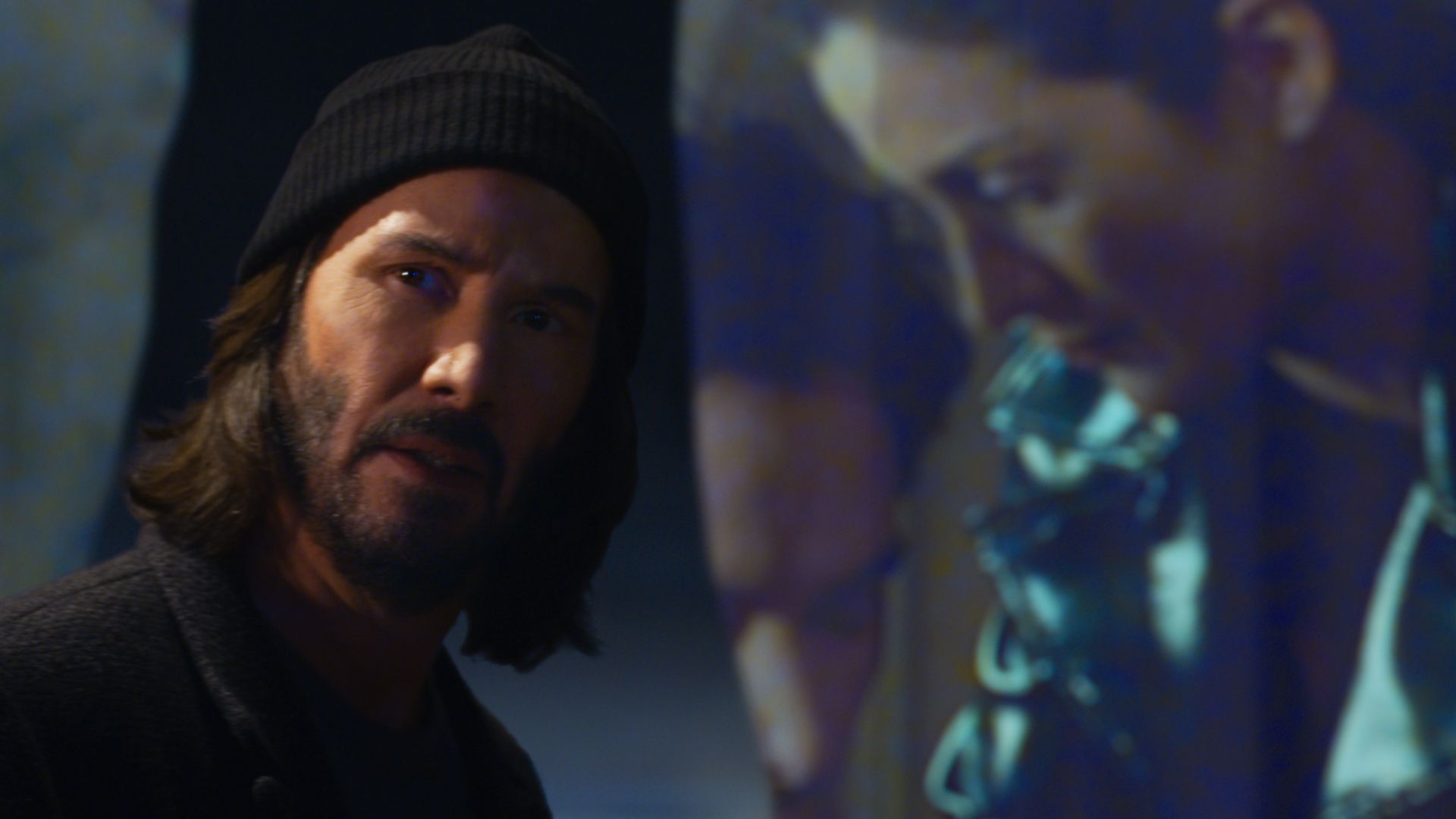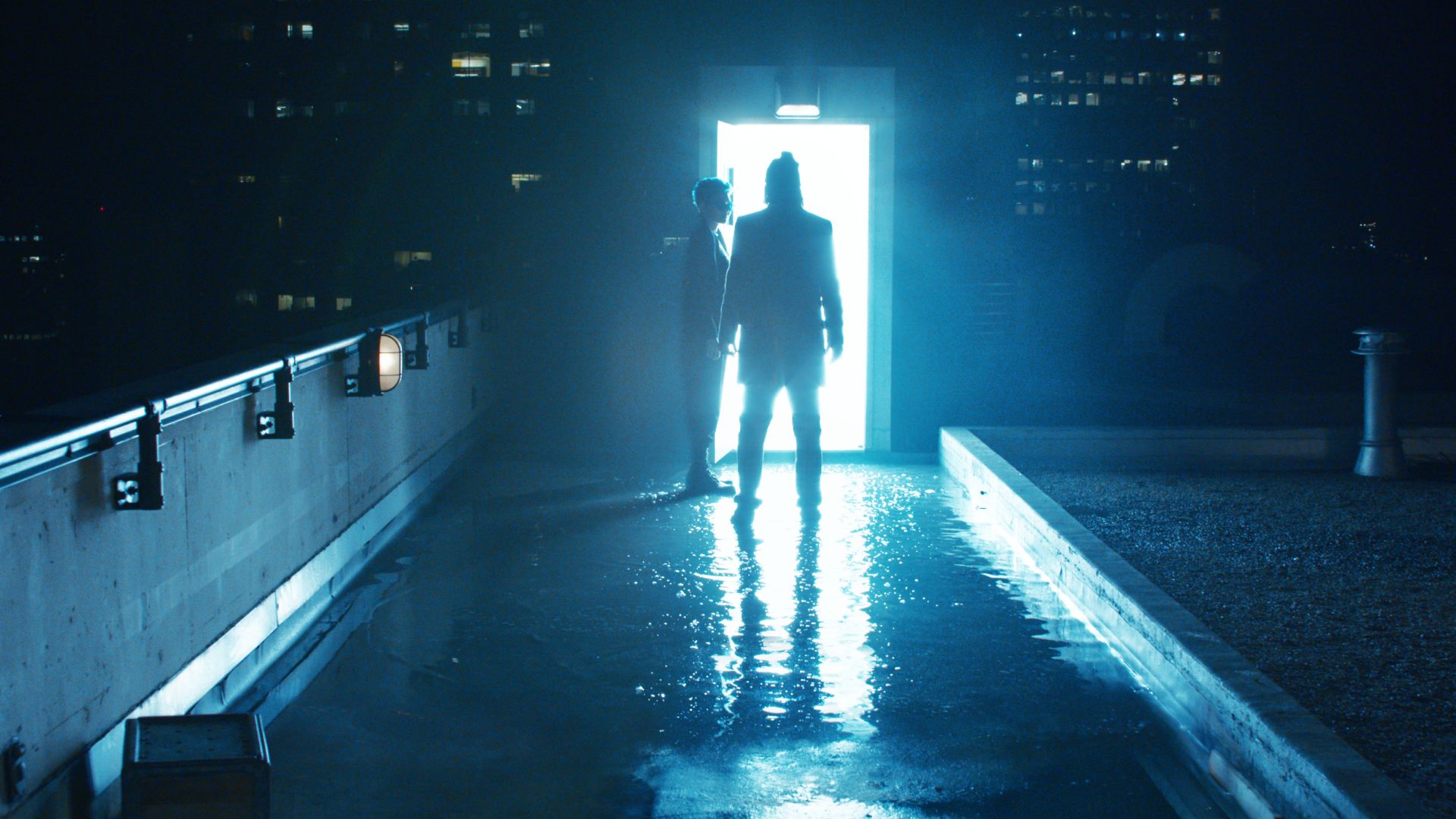How The Matrix Resurrections and Spider-Man: No Way Home approach nostalgia in completely opposite ways
The two blockbusters have very different approaches to dealing with their own history

Warning: This article touches on major spoilers for both The Matrix Resurrections and Spider-Man: No Way Home. If you have not seen these two pop-culture behemoths, then bookmark this page and return once you have...
"Nothing comforts anxiety like a little nostalgia," Yahya Abdul-Mateen II’s Morpheus says in The Matrix Resurrections. He’s not wrong. We have, as cinemagoers, become intoxicated with reliving and recreating past highs. Reboots, sequels, and franchises are the biggest box-office draws, while original stories have become the primary domain of streaming services hoping to build up their own franchises, such as Army of the Dead on Netflix.
The Matrix Resurrections, though, does something interesting with memory. While the first half of the fourth installment in a beloved franchise intersplices scenes from the original films to ground the story, the second half moves into fresh terratory and breaks away from convention. Director Lily Wachowski eases us back into a familiar world, even recreating iconic scenes, but refuses to retell the same story: at times to a fault, Resurrections strives to do something new.
Take the concept of The One: the Matrix trilogy saw Neo become the hero Morpheus believed he would be. This time around, however, Neo’s not the only one with powers, as Trinity can fly, too. Neil Patrick Harris’ Analyst – the Architect behind this new version of the Matrix – recognizes that, only together, do Trinity and Neo work at their full capacity. It seems the Oracle’s prophecy that Neo was the only One may have been wrong.

The first three movies kept things relatively binary – choose the red or blue pill; machines are the enemy – whereas Resurrections has more nuance. There are synthetics working with humans to create a brighter future. Neo, at first, refuses to take the red pill, and Trinity struggles to accept the truth of the Matrix. We, the viewer, also have to accept that the peace that ensued after Neo’s victory against Agent Smith was not that peaceful at all. Instead, a robot civil war broke out, while humanity suffered their own split as some stayed in war-torn Zion and others founded Io with Niobe.
The Matrix was never straightforward, but the sequel adds new layers that are equally fascinating. And, while some fans were angered Lawrence Fishburne and Hugo Weaving were not brought back, there’s simply no place for them here. Abdul-Mateen’s Morpheus makes sense as a robotic recreation of the character, one who eases us into Resurrections – comforting our anxiety – while also not being quite right. The same goes for Jonathan Groff’s Smith, a character who was once Neo’s polar opposite, but actually, in the new film, sides with Neo against the Analyst. That yin-yang relationship is broken.
Resurrections’ relationship with nostalgia is therefore at odds with many franchises working today; it plays with our love of the familiar while dismantling our beliefs. Similarly, Star Wars: The Last Jedi took Luke Skywalker, savior of the galaxy, and depicted him as a cranky old hermit who once contemplated killing his nephew. It’s a drastic turn for the character – one that was disliked by many ardent Star Wars fans – yet The Last Jedi is arguably the only Star Wars movie in the sequel trilogy that does anything truly different (and that’s coming from someone who defends The Rise of Skywalker).
Sign up for the Total Film Newsletter
Bringing all the latest movie news, features, and reviews to your inbox

Both Resurrections and The Last Jedi have had mixed reviews from fans, while, on the opposite end of the spectrum, everyone’s lapping up Spider-Man: No Way Home. In fact, this very publication has received more disgruntled messages about its three-star verdict of No Way Home than any other review this past year.
Interestingly, the third installment in Tom Holland’s Spidey trilogy, and the 27th film in the Marvel Cinematic Universe, uses nostalgia in a completely different way to Resurrections. Rather than breaking from convention, No Way Home director Jon Watts brings back familiar characters as a reward for viewers, and plays them exactly as expected. Tobey Maguire and Andrew Garfield’s Peter Parkers are still the dorks you loved. Garfield’s version has closure on various dangling story threads, including saving MJ the same way he wished he had saved Gwen Stacy. The three Spider-Men interacting with one another leads to some deliciously fun scenes and Watts even pays extended fan service with references to various Spider-memes. The villains, likewise, nod to their previous stories, and while Lizard and Sandman are severely underused, Green Goblin and Doc Ock are better served with Willem Dafoe giving a brilliant, outrageous performance as the two-faced Goblin.

No Way Home, then, ends up serving as a sweet nostalgia that does little to challenge us – unless, of course, you start thinking too much about why Electro appeared in the MCU despite not previously knowing Peter Parker is Spider-Man. Plot holes aside, there’s a simple joy in seeing Maguire and Garfield back as their famous characters.
Resurrections could have done something similar. You can imagine your spine tingling as Fishburne and Weaving step on-screen during the final act. Yet, Wachowski never asked them because they did not serve the story – a story that starts with a huge hit of familiarity but transforms into something new. Spider-Man, conversely, uses Holland’s Spider-Man as a springboard to bring back famous characters, and the payoff is seeing them on screen again. That’s the fundamental difference in these two movies’ approach to nostalgia: Resurrections uses an aging franchise to tell an unconventional new story that’s finale breaks from tradition, whereas Spider-Man uses the unconventional multiverse to bring back aging franchise heroes and they, themselves, are the movie’s big pay-off. There’s a place for both approaches in cinema, but that’s perhaps why Resurrections is a disruptive head-trip while No Way Home’s a comforting warm blanket in these dark times.
For more spoiler-filled analysis on both movies, check out our guides to the Spider-Man: No Way Home ending and The Matrix Resurrections ending.

Jack Shepherd is the former Senior Entertainment Editor of GamesRadar. Jack used to work at The Independent as a general culture writer before specializing in TV and film for the likes of GR+, Total Film, SFX, and others. You can now find Jack working as a freelance journalist and editor.


